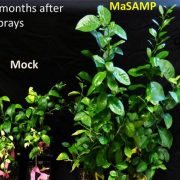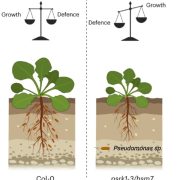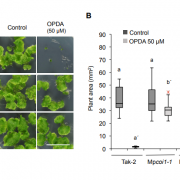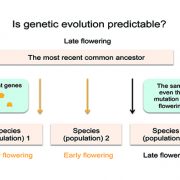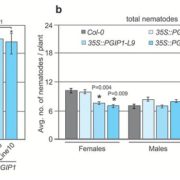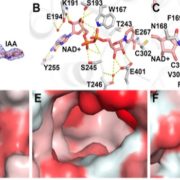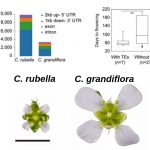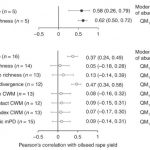Pollinators and herbivores boost the evolution of floral traits ($) Science
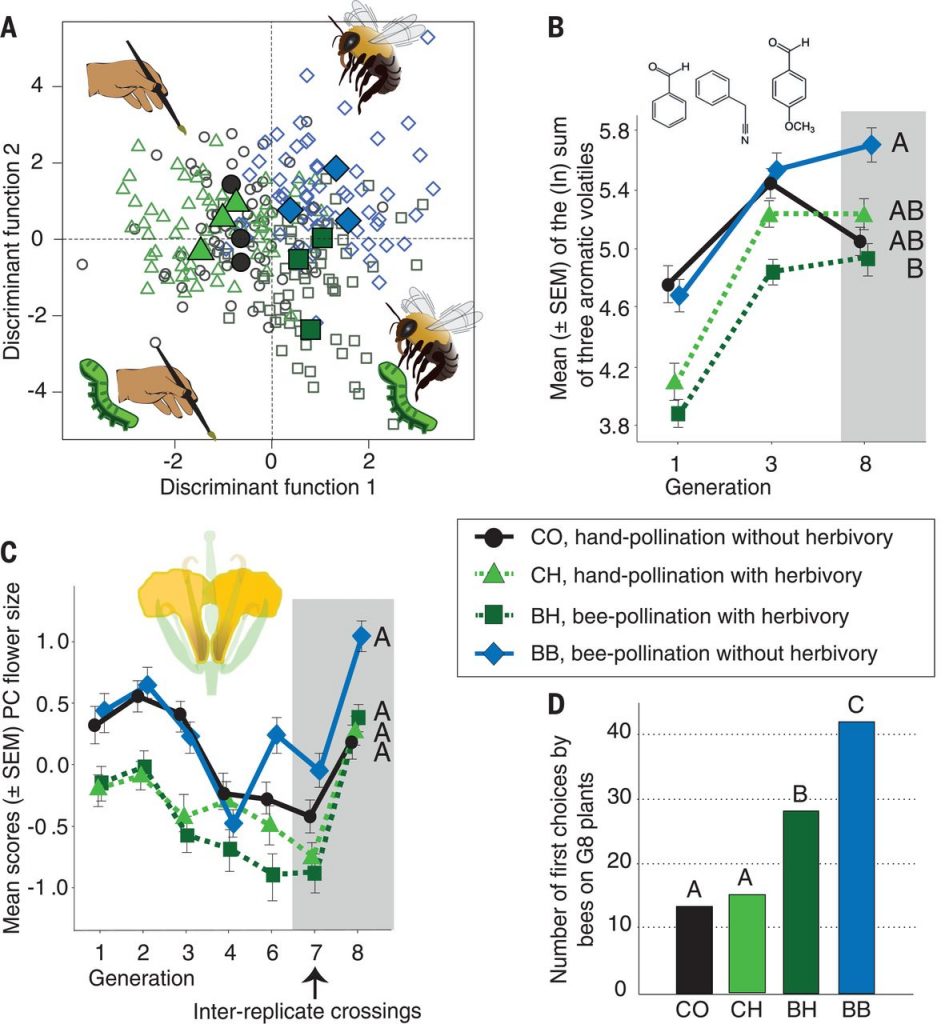 The characteristics of flowers, including morphology, color, nectar and fragrance, are closely related to their pollination methods. To attract pollinators, plants often produce large, colorful, or fragrant flowers. Increasing evidence has indicated that herbivorous feeding activity also affects flower evolution, but few studies look at the effects of both pollination and insect gnawing on flower evolution. Ramos and Schiestl used an experimental evolution strategy to observe floral characteristics in Brassica rapa in response to pollinating and/or herbivorous insects. After only six generations, there were significant differences among different experimental groups. The flowers of plants pollinated by bumble bee were more attractive and fragrant than those pollinated by artificial pollination, but only in the absence of herbivorous insects (Pieris brassicae caterpillars). In the presence of leaf-eating insects, the flowers developed self-pollinating characteristics (e.g., less spatial separation between sexual organs) and greater self-compatibility. The authors suggest that in the presence of herbivores, resources are directed towards defense rather than floral attractiveness. The study reveals that different environmental factors have non-additive effects on flower morphology, (Summary by Nanxun Qin). Science 10.1126/science.aav6962
The characteristics of flowers, including morphology, color, nectar and fragrance, are closely related to their pollination methods. To attract pollinators, plants often produce large, colorful, or fragrant flowers. Increasing evidence has indicated that herbivorous feeding activity also affects flower evolution, but few studies look at the effects of both pollination and insect gnawing on flower evolution. Ramos and Schiestl used an experimental evolution strategy to observe floral characteristics in Brassica rapa in response to pollinating and/or herbivorous insects. After only six generations, there were significant differences among different experimental groups. The flowers of plants pollinated by bumble bee were more attractive and fragrant than those pollinated by artificial pollination, but only in the absence of herbivorous insects (Pieris brassicae caterpillars). In the presence of leaf-eating insects, the flowers developed self-pollinating characteristics (e.g., less spatial separation between sexual organs) and greater self-compatibility. The authors suggest that in the presence of herbivores, resources are directed towards defense rather than floral attractiveness. The study reveals that different environmental factors have non-additive effects on flower morphology, (Summary by Nanxun Qin). Science 10.1126/science.aav6962


